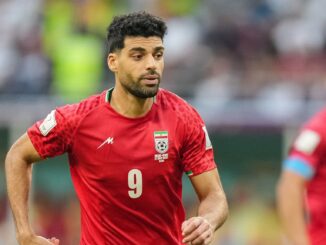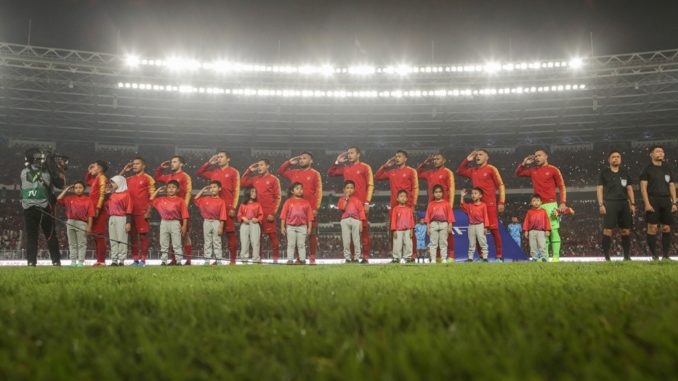
The prospect of four Southeast Asian sides squaring off in hard-fought battles and conspiring to topple the UAE in Group G was arguably always too good to be true.
A foursome turning into a threesome was always possible and would’ve even been a non-issue — had Indonesia not nosedived the way they have.
Indonesia, of course, didn’t take part in the previous World Cup qualifying cycle because of their FIFA suspension, but it’s not like we haven’t encountered them at all since 2012. This is, after all, a side only three years removed from knocking out Vietnam and giving Thailand a good run for their money in the AFF Suzuki Cup final.
That was at the end of 2016 when the league was still suspended and players were hungry for real action. Now, the team is visibly unfocused, distracted even — a description that would perhaps be universally understood in 2016; but not now, not in this group, not at the start of the first World Cup qualifying for a new generation.
So how did we arrive at this junction? How come Indonesia are suddenly a zero-point team, making costly turnovers and conceding soft goals, that’s pedestrian in midfield and wasteful in the final third?
Confusing selections, confused displays
Trying to memorise Indonesia’s starting XI would be quite the waste of time these days. Simon McMenemy, who recently became the second managerial casualty of the cycle, but who may still bizarrely take charge of one more qualifier, has made a combined 16 changes to his starting line-ups, introducing a total of six new starters against Vietnam (plus one debutant off the bench).
Four games, 29 different players. That’s never a good sign, and neither is the only ever-present name being 38-year-old striker Beto Goncalves.
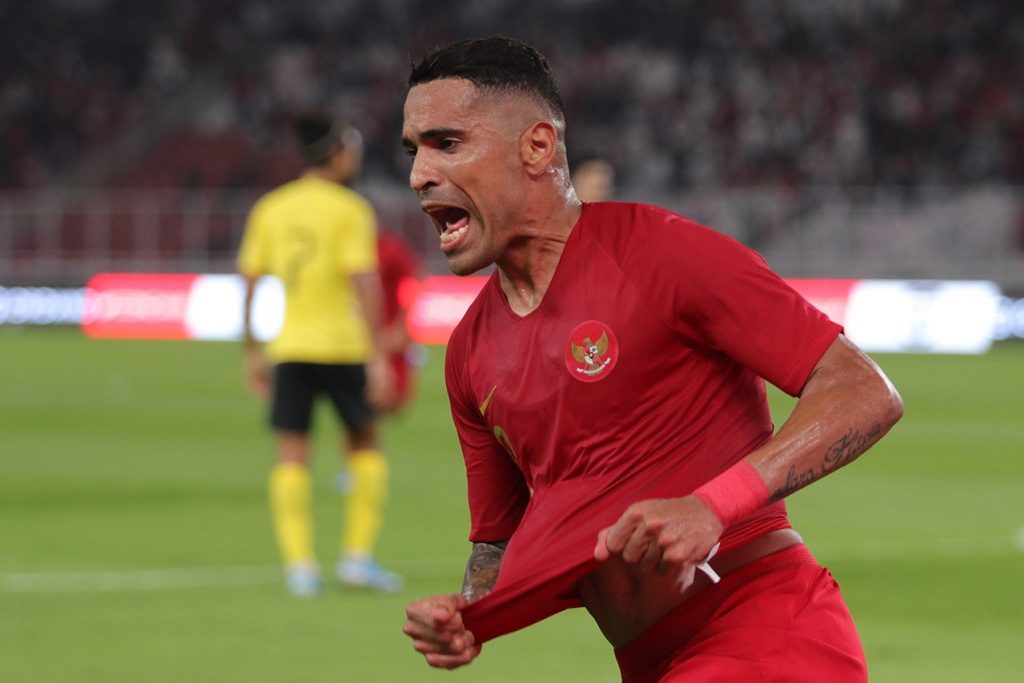
For reference, Malaysia have played one less qualifier and still register three players who’ve started in each of them.
The managers of Thailand, Vietnam and the UAE have kept faith in six, eight and nine starters respectively for all three of their games, indicating a clear backbone.
Indonesia meanwhile doesn’t have one, and it shows in the lack of communication at corners, when playing out from the back and, well… whenever really.
To illustrate the deep, all-encompassing confusion, Indonesia have already conceded goals resulting from:
A) keeper dropping a cross right at the feet of opponent, then flapping at a loose ball for good measure;
B) one awful attempt to play an offside trap;
C) one astonishing turnover just outside their own penalty area, turning into a straightforward 3-on-2.
McMenemy has already given his vote of confidence to three goalkeepers, and none has clear grasp on the number one shirt.
The team is conceding too many shots (we are talking Myanmar levels), but that’s not even the main issue — Indonesia, above all, has the unenviable record of having conceded the highest recorded xG per shot (0.192 xGA), indicating the high number of quality chances they have allowed.
Against Malaysia, all six of Safawi Rasid’s corners resulted in a shot, while across the campaign they’ve concede a shot following every second corner.
Again, it’s one thing to just be bad; it’s another thing to be such a mess organisationally and with communication. In other words, a lot of Indonesia’s troubles are self-inflicted.
Against Malaysia, as they edged towards a fine opening 2-2 draw, they lost their way late on and in added time consistently got outnumbered, conceding a third goal from the fourth good chance of added time.
In the UAE, they were too slow and too passive. Against Vietnam, they hoofed by far the most balls while spinning around without it.
As Scott rightly pointed out on the podcast, a lot of this is down to coaching; the players should be aware of each other’s runs, they should be able to combine with more purpose, and they should know where to stand on set pieces.
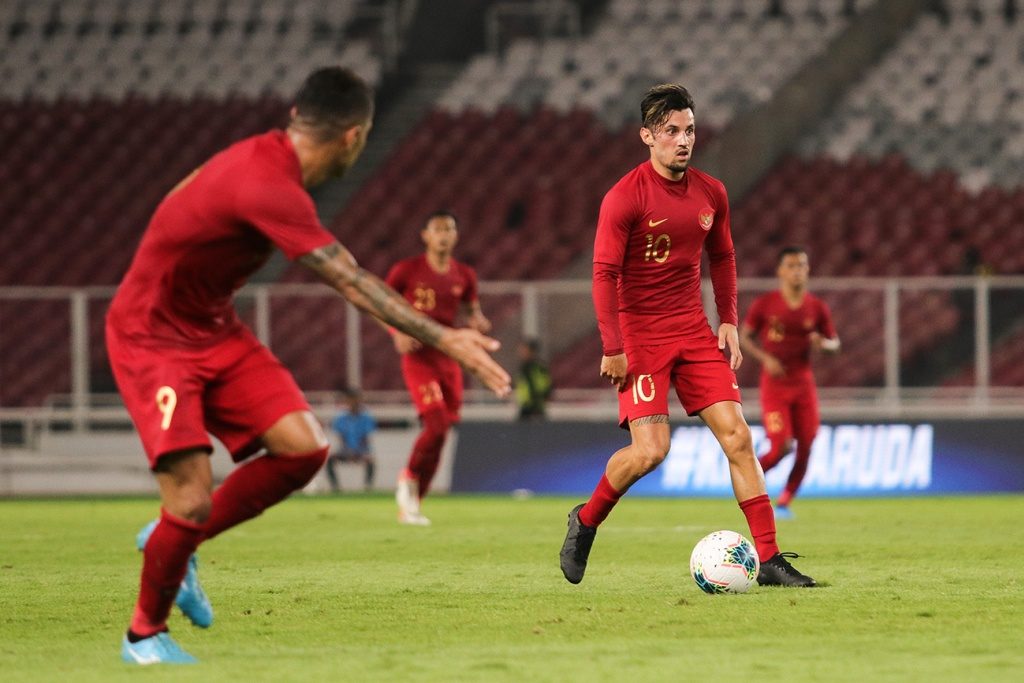
But the players — however good on paper — need to shoulder some of the blame, too. Putting only 25.9% of shots on target is just not good enough, lagging far behind Malaysia (43%) and UAE’s (44.8%), and that’s hardly a coachable skill. Not on the national team training ground anyway.
Against Thailand (0-3 loss), Indonesia had eight shots from inside the box, yet only two tested the keeper.
Whether it was the manager not instilling the right habits, or the players themselves not executing, Indonesia look like a side lacking any sort of direction.
Bringing in a new coach therefore makes sense, even if there’s seemingly no players left to give a chance to.
Can it be fixed?
Heck knows, but I will tell you one thing: the new coach could do worse than blowing the whole thing up and starting again.
This World Cup qualifying campaign has been a complete write-off, and Indonesia need to treat it as such. They need to write it off the way Malaysia did in 2015-2016.
Having already played three of their four home matches, Indonesia are surely not going to cut it in this group, so there’s no point in handing out debuts to 36-year-old goalkeepers and 35-year-old defenders, like in October, or having someone born in 1980 spearhead their attack.
I’ve written extensively about how Malaysia had retooled by neglecting the senior side for a while and putting all the eggs in the U23 basket, earning a surprise AFC U23 Championships debut appearance and making a splash at 2018 Asian Games in the process.
Indonesia’s case is a bit different, as there are no Asian Games until 2022 and no qualifiers for the upcoming AFC U23 Championships on the horizon, so the senior team will have to suffice.
Let’s not forget Indonesia also took part in the 2018 Asian Games and, like Malaysia, also progressed to the Round of 16, only losing to UAE on penalties.
Ricky Fajrin, Hansamu Pranata, Evan Dimas, Zulfiandi and 20-year-old Saddil Rahmani are now regular members of the senior side. The question marks over Indonesia are the quality of the backbone and how to support it.
An indisputable hindrance is the rapidly shifting, and no less rapidly ageing, domestic league landscape.
It never helps your national team’s depth when your reigning champion (Persija Jakarta) implodes to go from a title contender to a legitimate relegation candidate within months, whereas your runners-up (PSM Makassar) are already 20 points off top spot and have nearly as many losses (ten) as wins (11) after 24 games.
As a result, of the 13 players that have started at least half of the qualifiers, only goalkeeper Andritany Ardhiyasa has seen any 2019 AFC Cup action. That’s simply as staggering as it is damning.
It also never helps when the average age of the 11 most used players of two of your top three sides sits above 30 years.
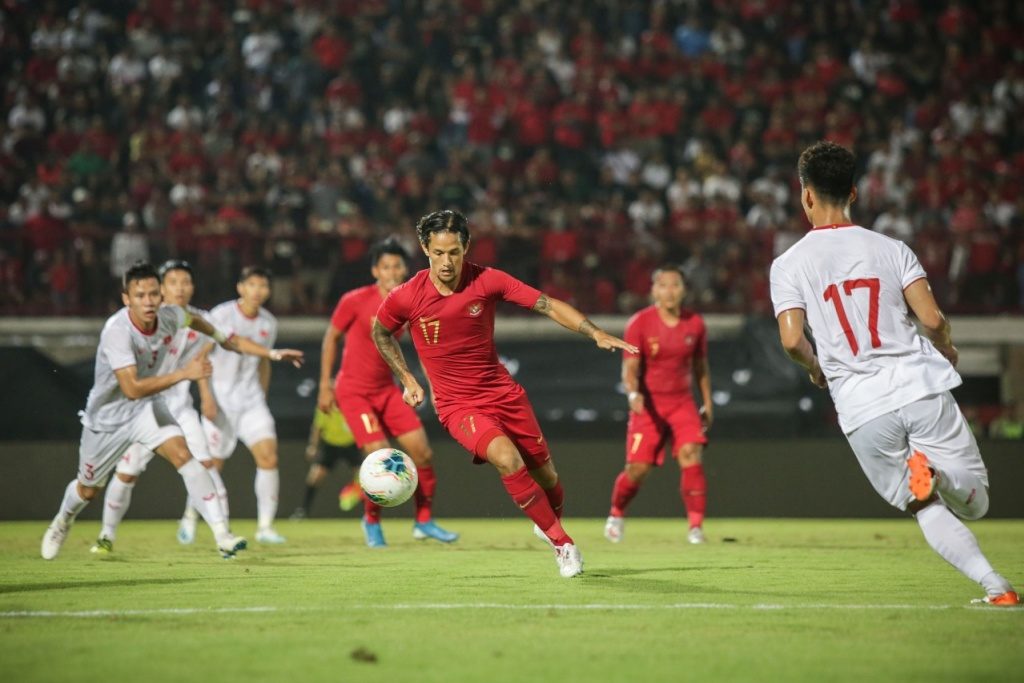
Leaders Bali United and third-place Persipura Jayapura regularly field only three players under 30; an occurrence so outrageous it should frankly warrant a ban or something!
In terms of regular minutes, the whole top three can only offer a pair of local U23s; a number Hanoi FC can double on their own.
Once expanded to the top five (as of 7 November), we finally get a dose of positivity, but the situation remains dire on the whole.
PSS Sleman have a rather young roster (26.45 average age of the 11 most used players), but three-fifths of the most used players are foreigners, so that doesn’t help the national team one bit.
Now, I can’t claim extensive knowledge of the Indonesian top flight by any means, but looking at this, I’d suggest there’s a whole lot more blowing up that needs to be done right across the country, at all levels.
Indonesia’s issues are many and varied. And complex. And right now they appear to be stuck in deep, deep mud.
All advanced stats courtesy of wyscout.com
Photos: Football Association of Indonesia (PSSI)



